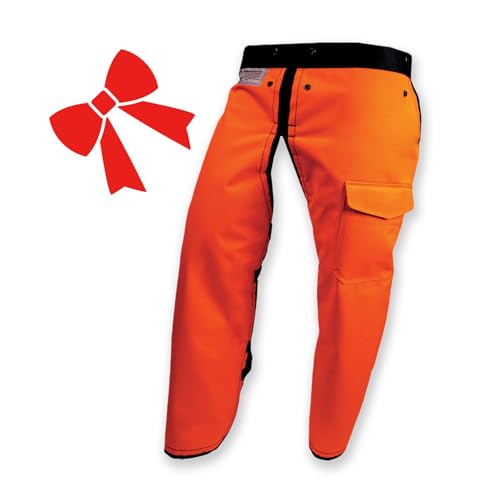betterbuilt
I build stuff from milled slabs
You need a sharp bit. I usually start with a 1/8 and work my way up. You need to drill really slow 300-400 rpms. In a cordless drill set it on low gear and go slower. I'd use a drill press if you can borrow one for a few minutes. You can use cutting oil or even water to help keep the bit cool.
I sure everyone's gonna have their own preference on the type of bit. I have some old bits that I use to drill holes with. They aren't anything special. I find a drill press makes all difference. Take a break and give the bit some time to cool. That might help also.
I sure everyone's gonna have their own preference on the type of bit. I have some old bits that I use to drill holes with. They aren't anything special. I find a drill press makes all difference. Take a break and give the bit some time to cool. That might help also.
Last edited:


























































